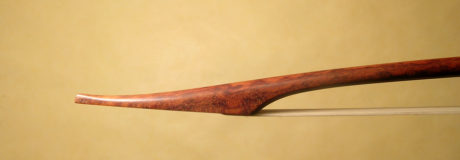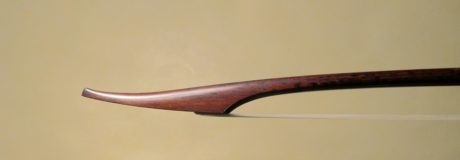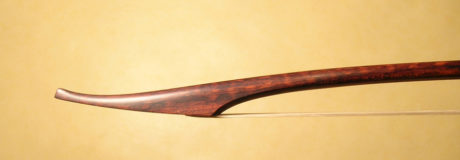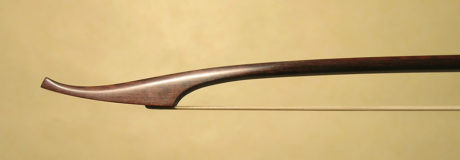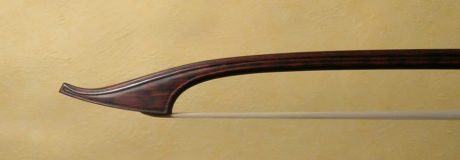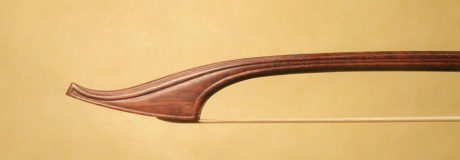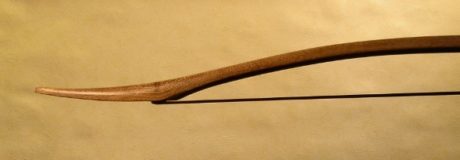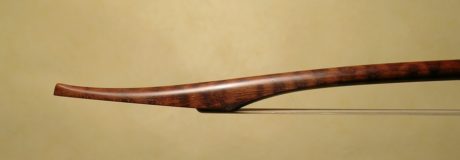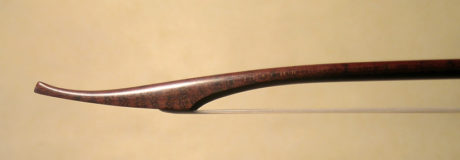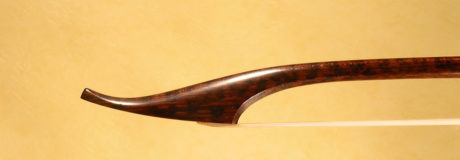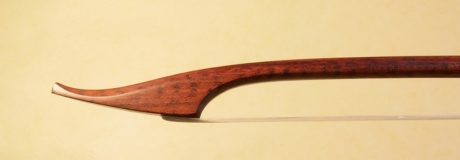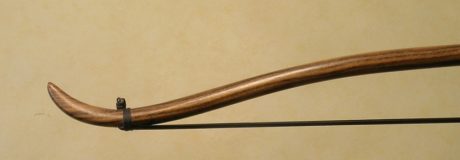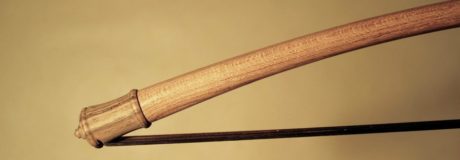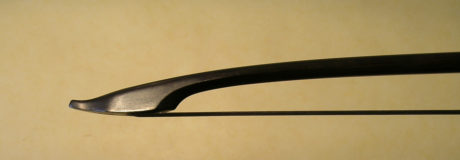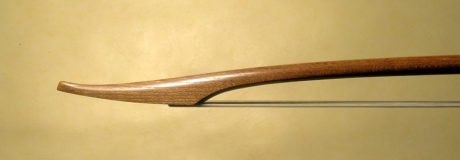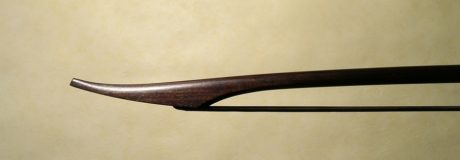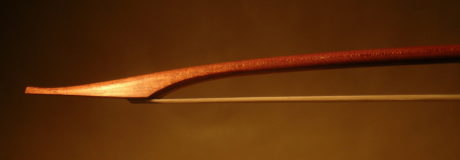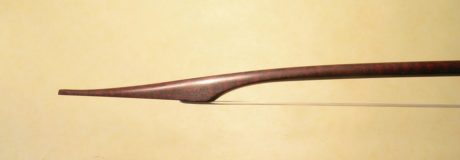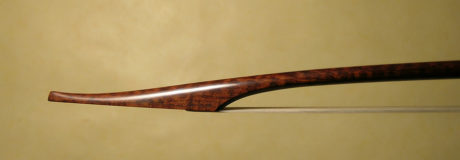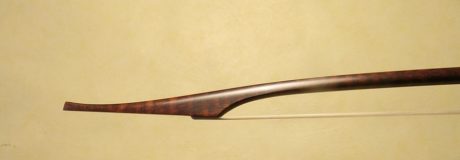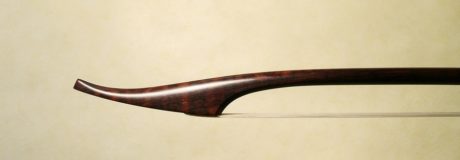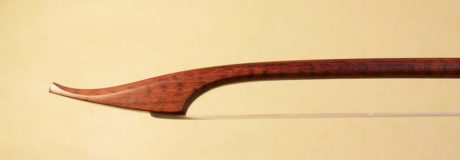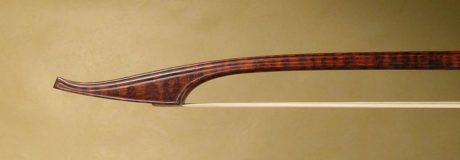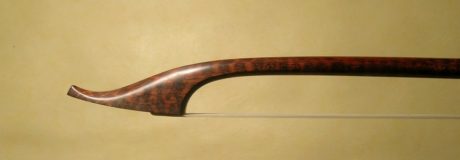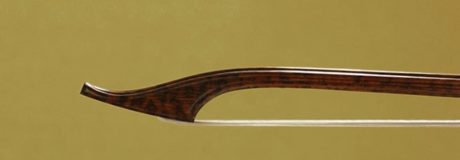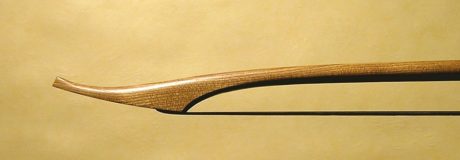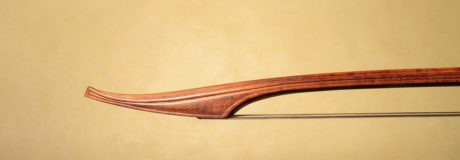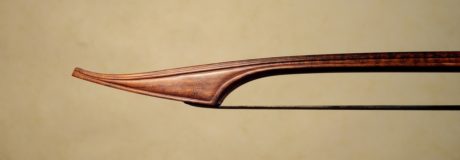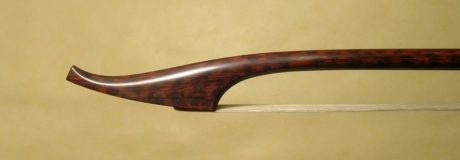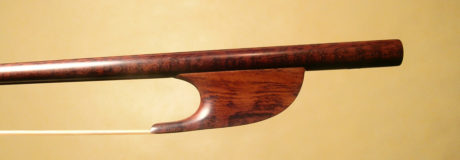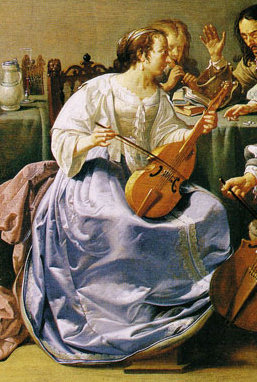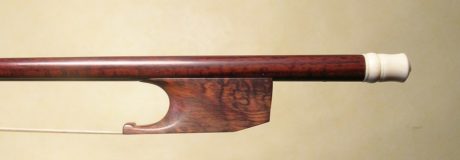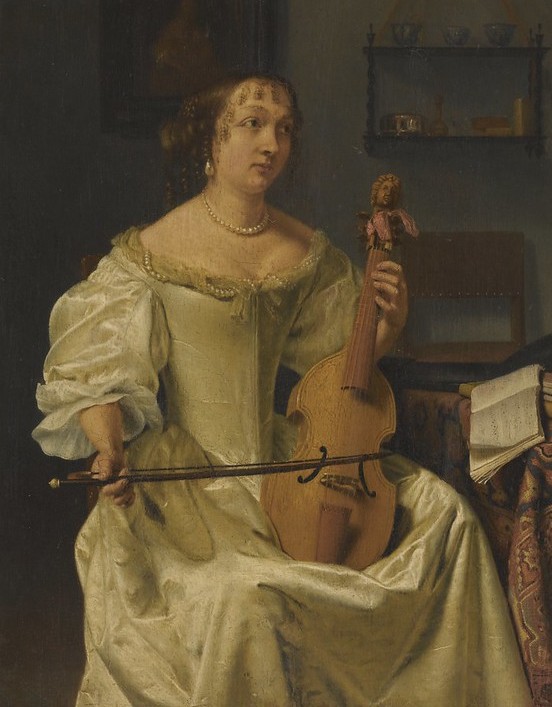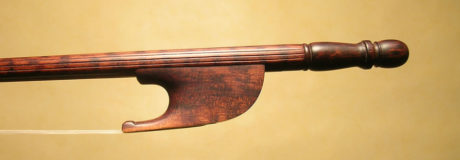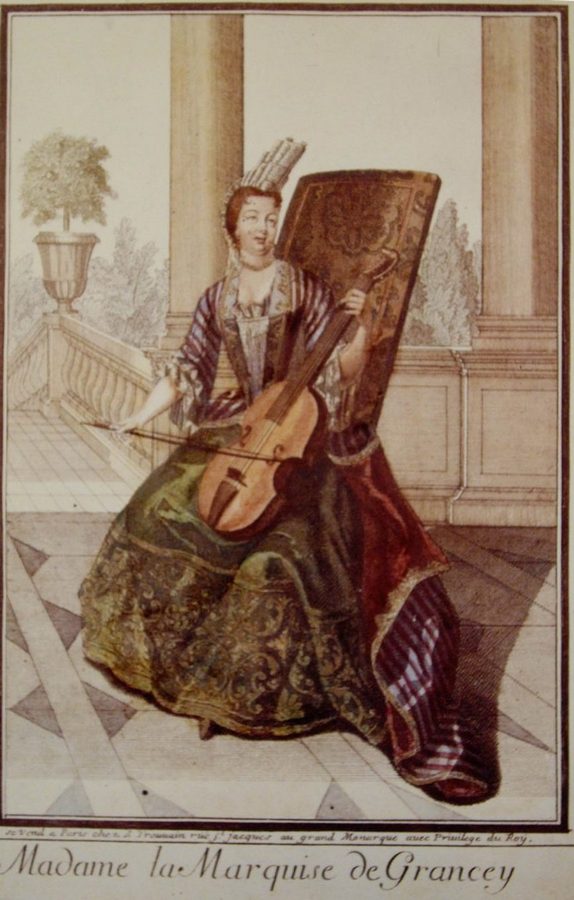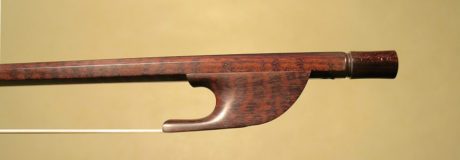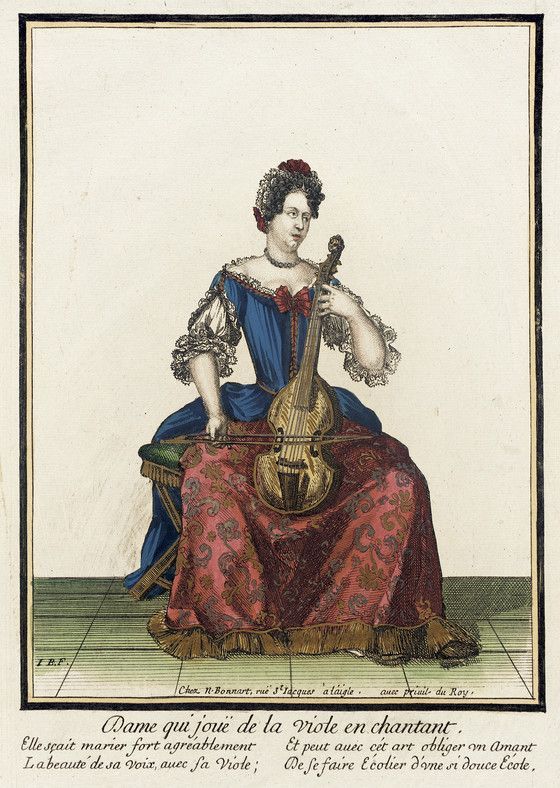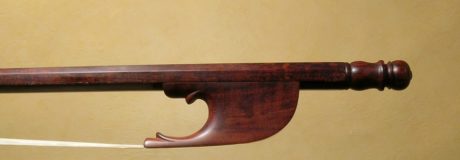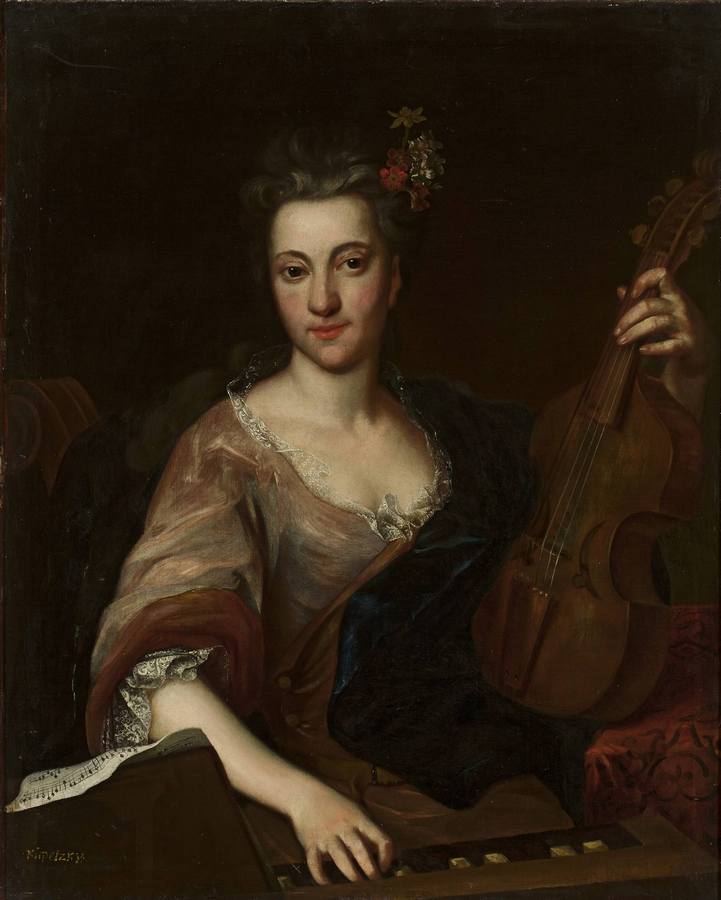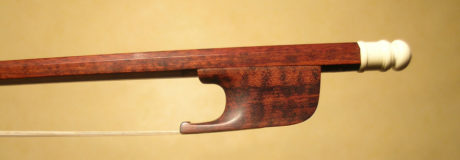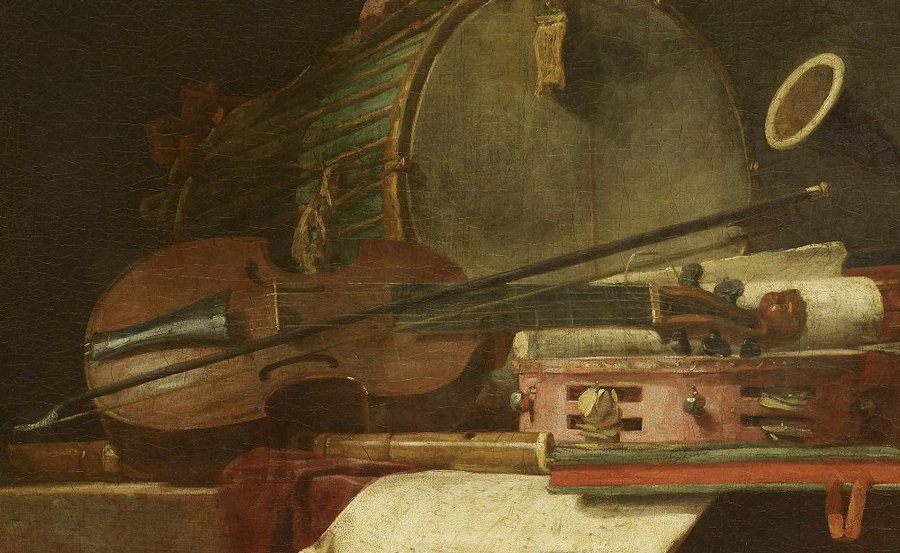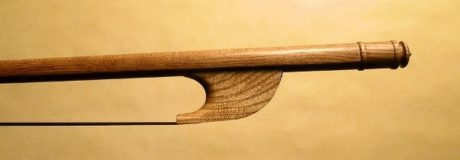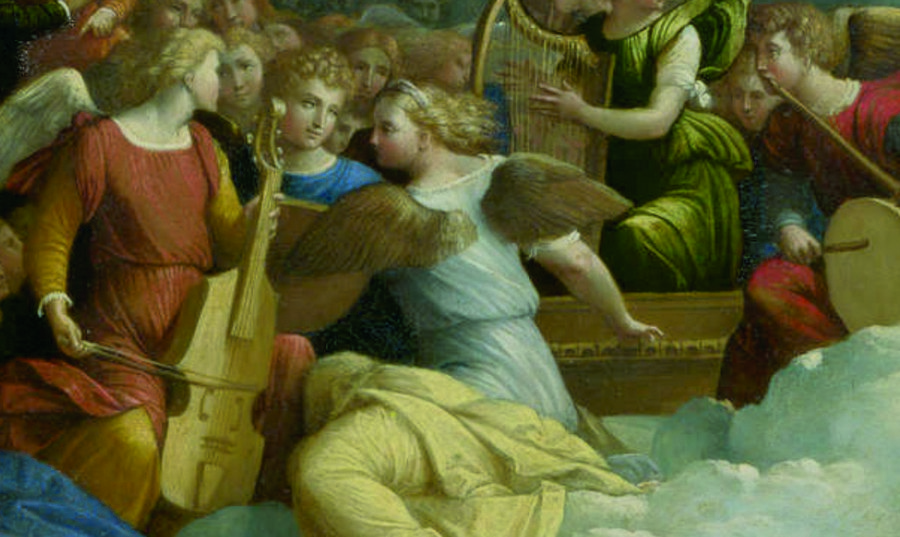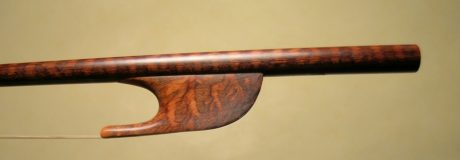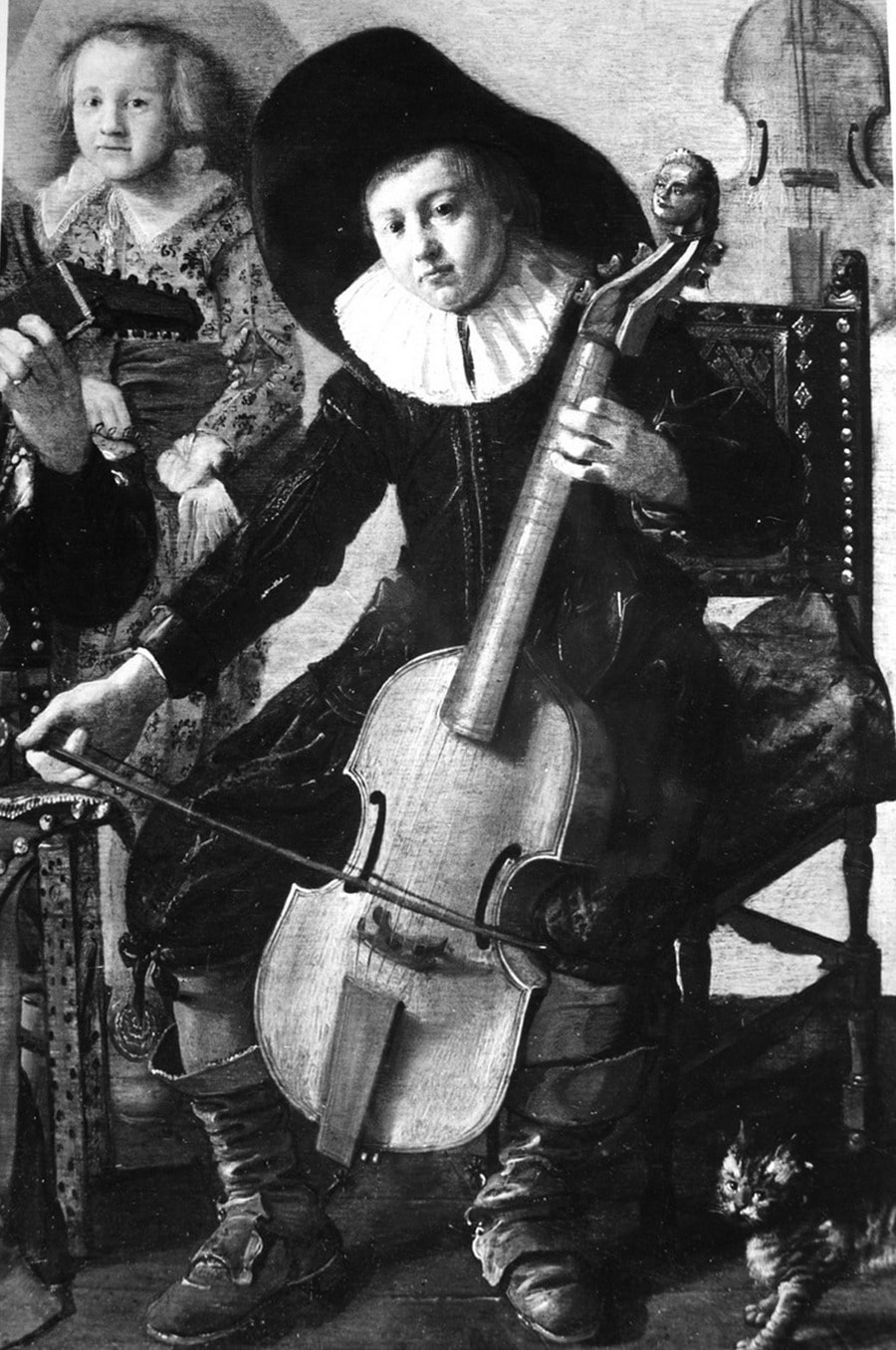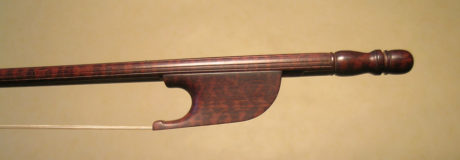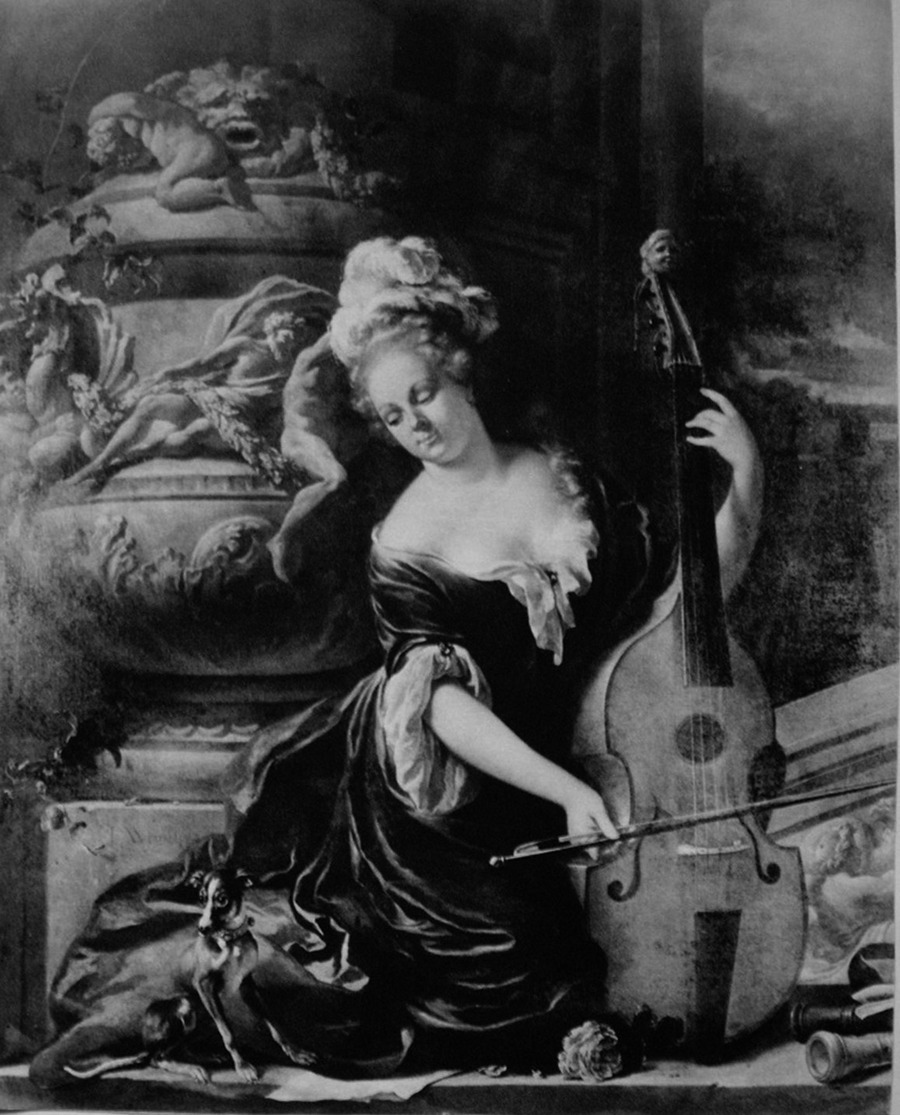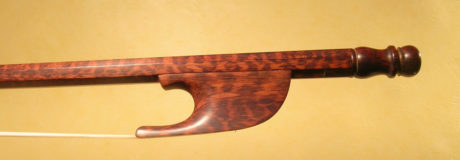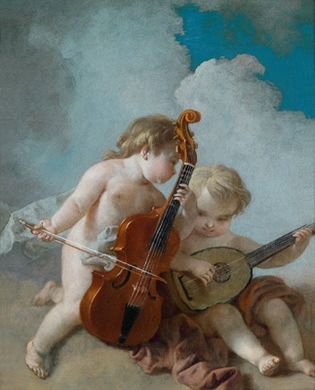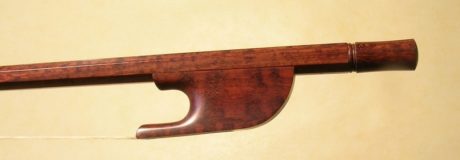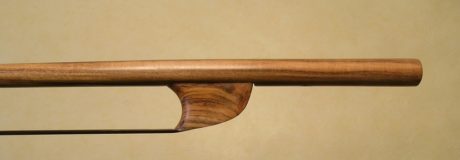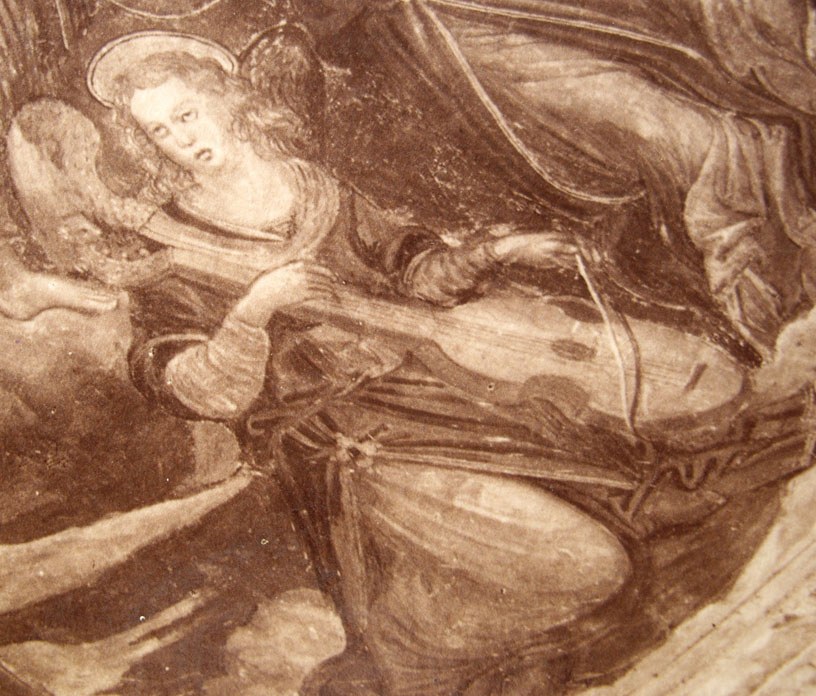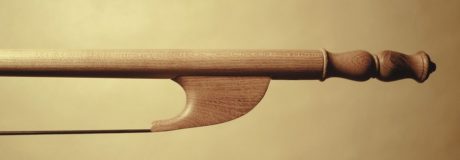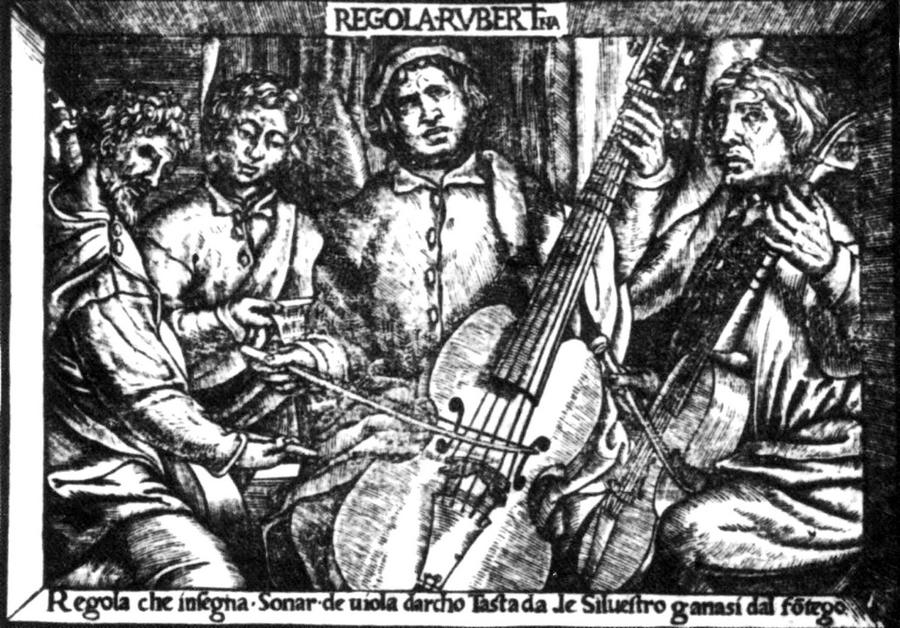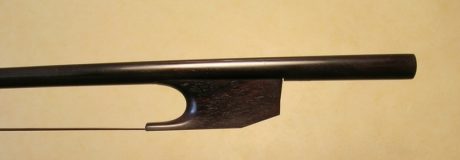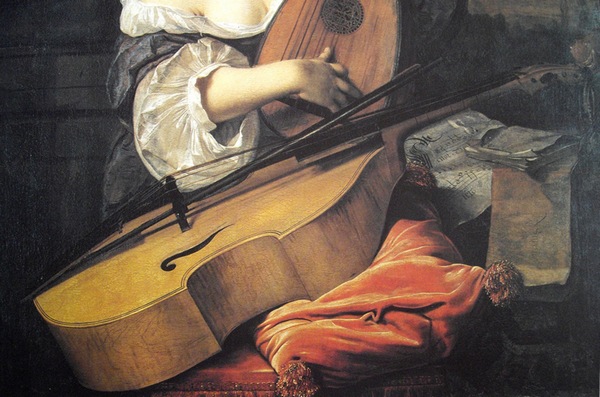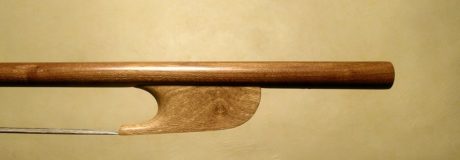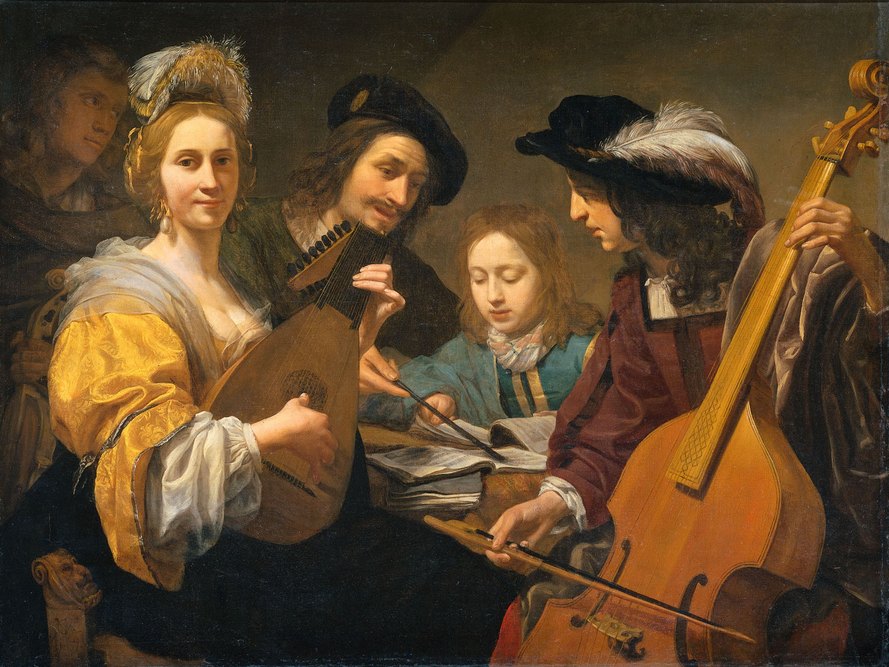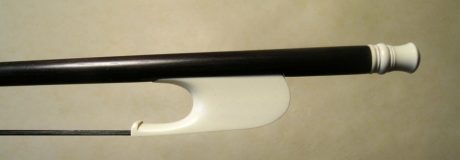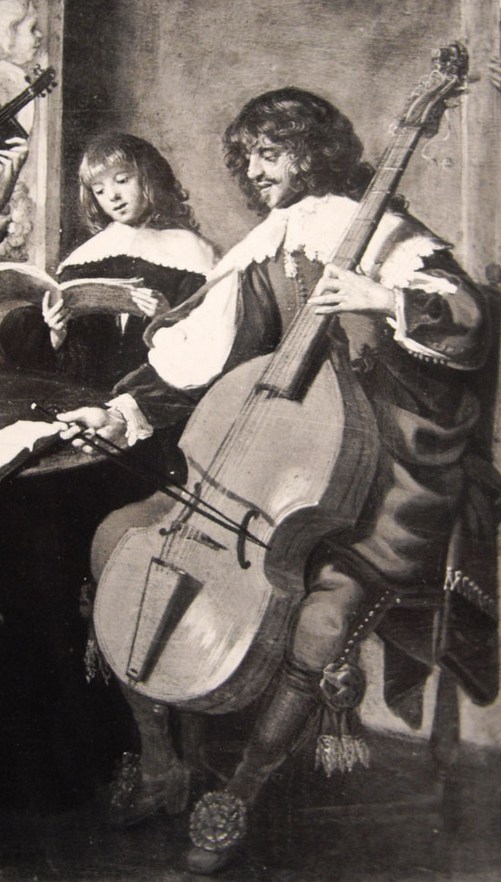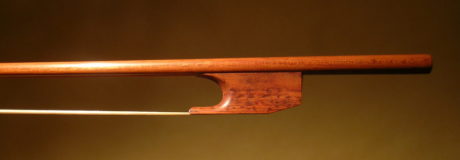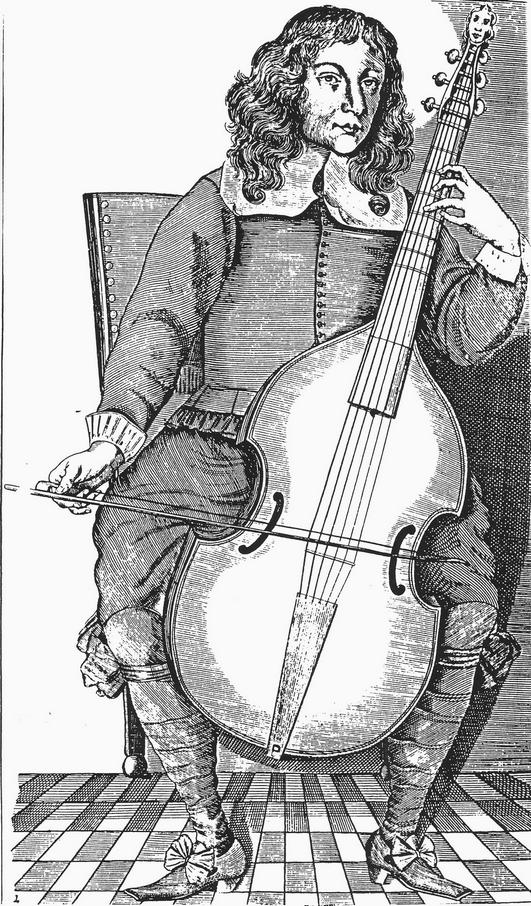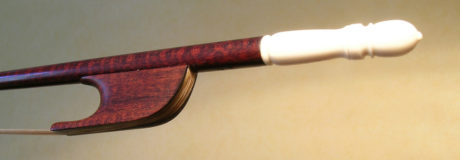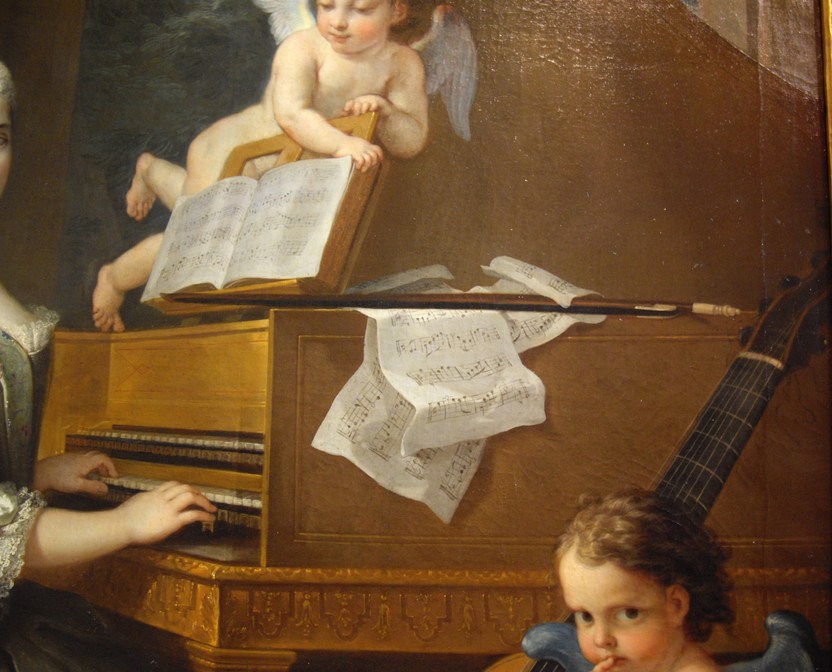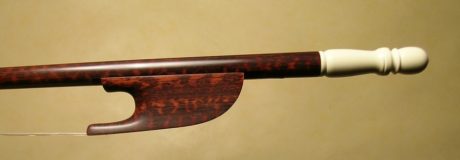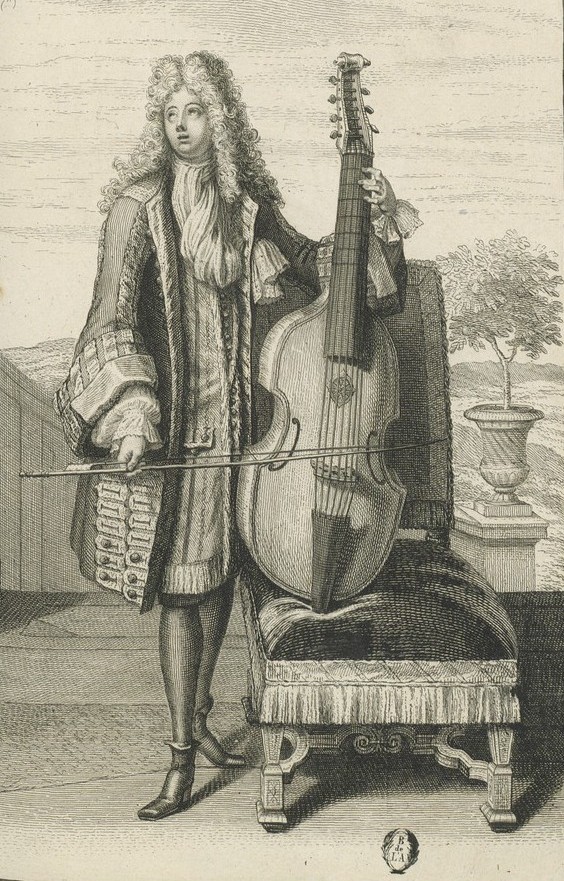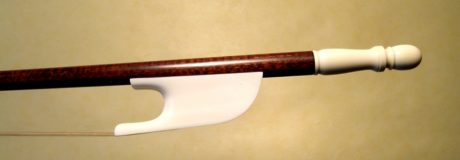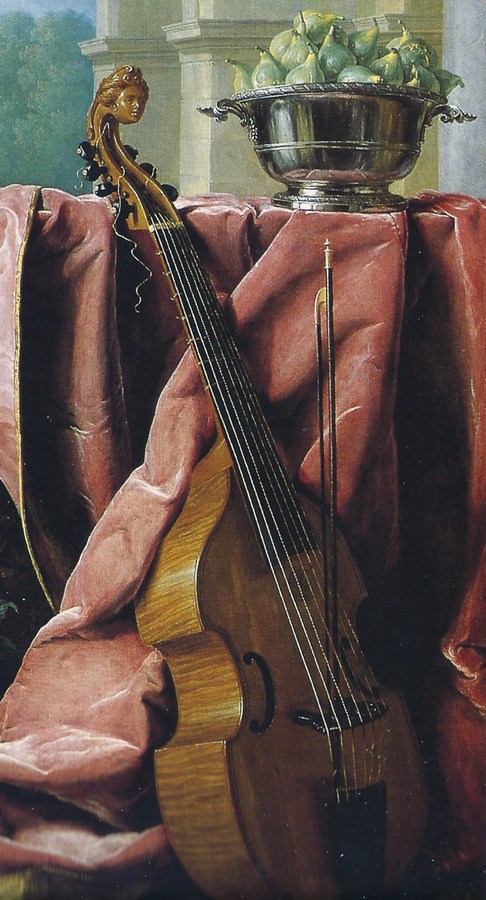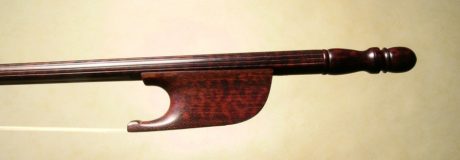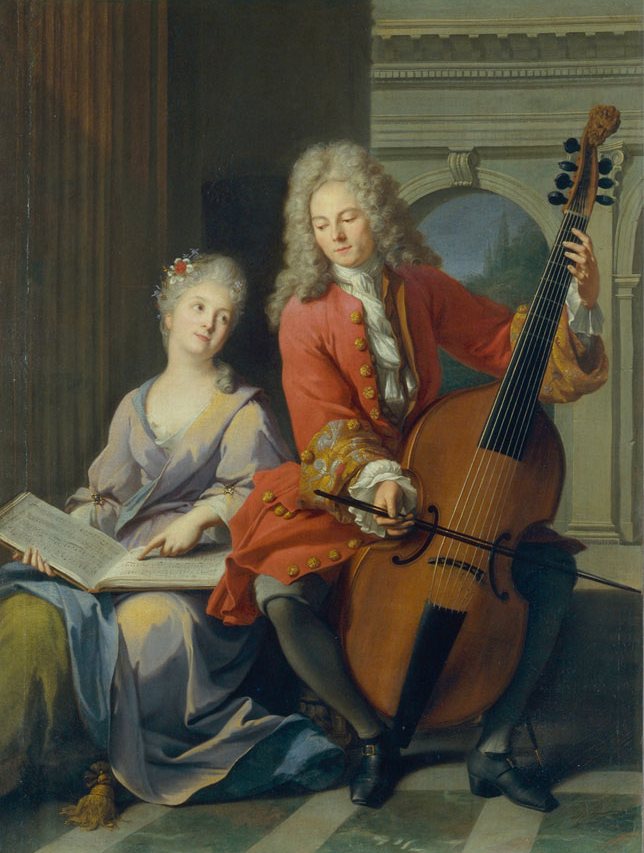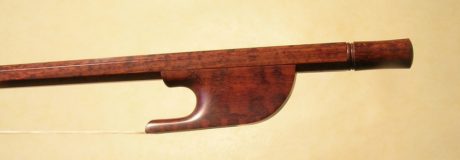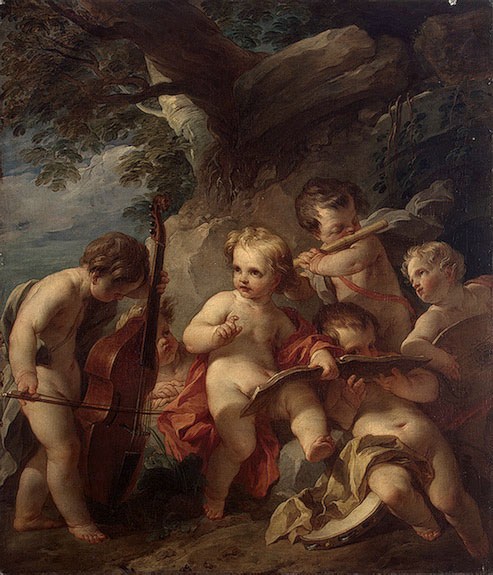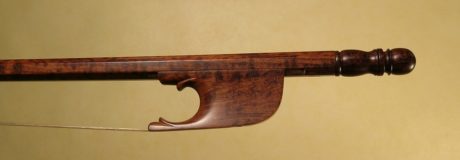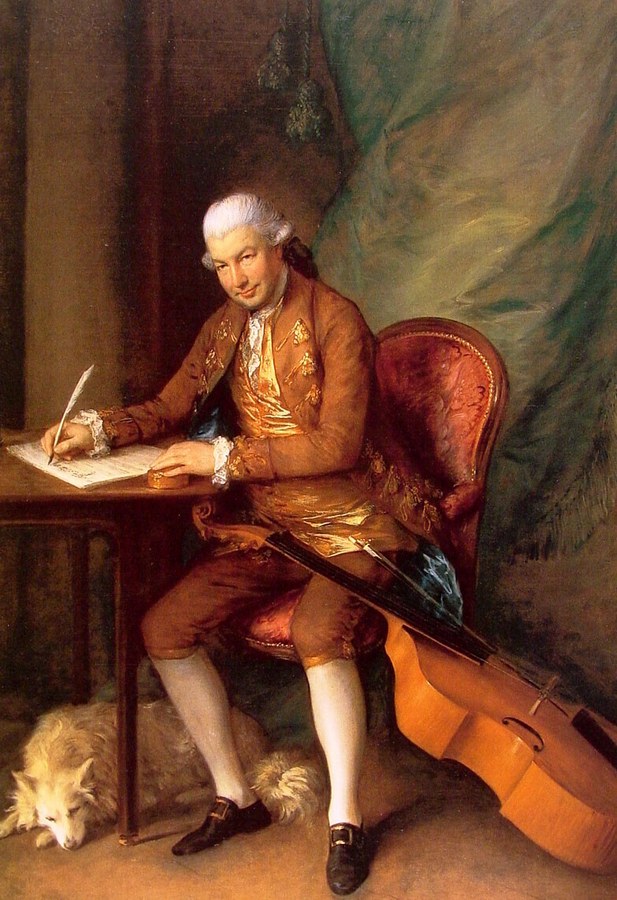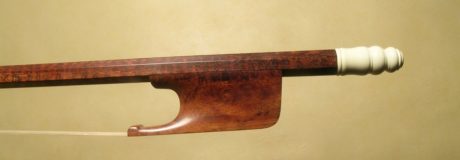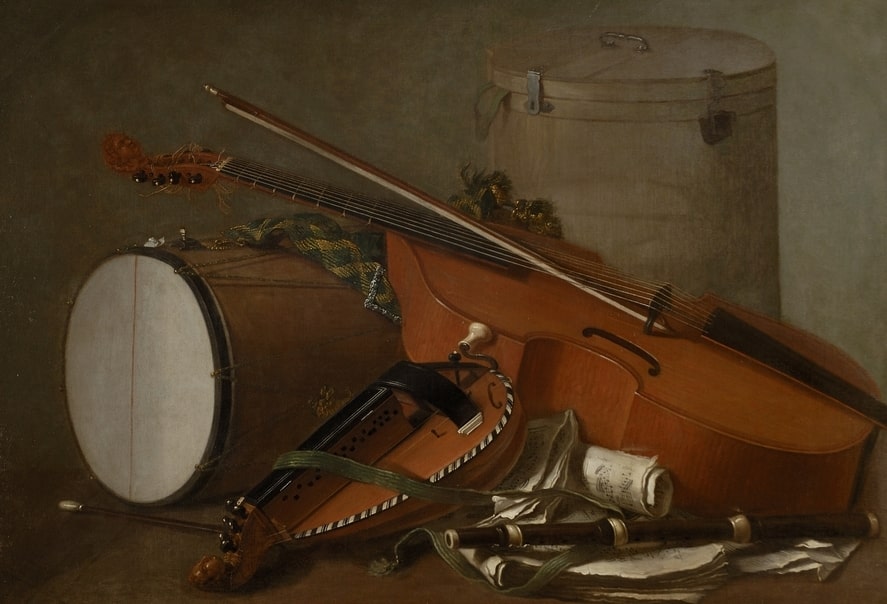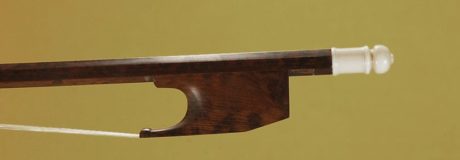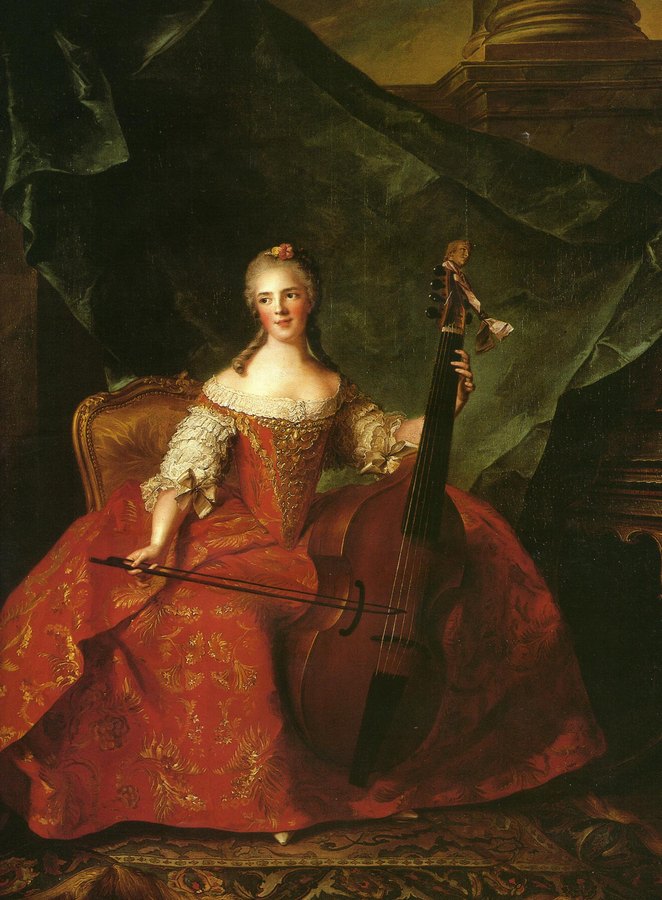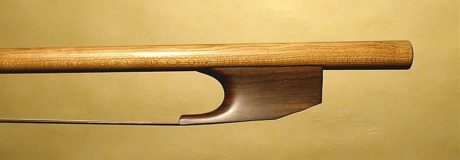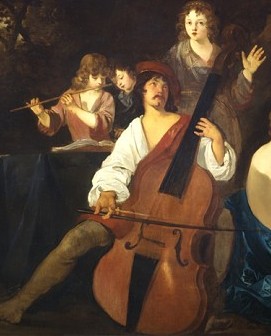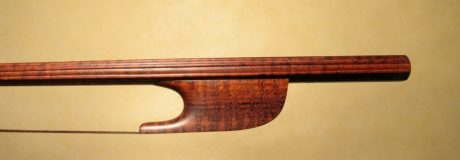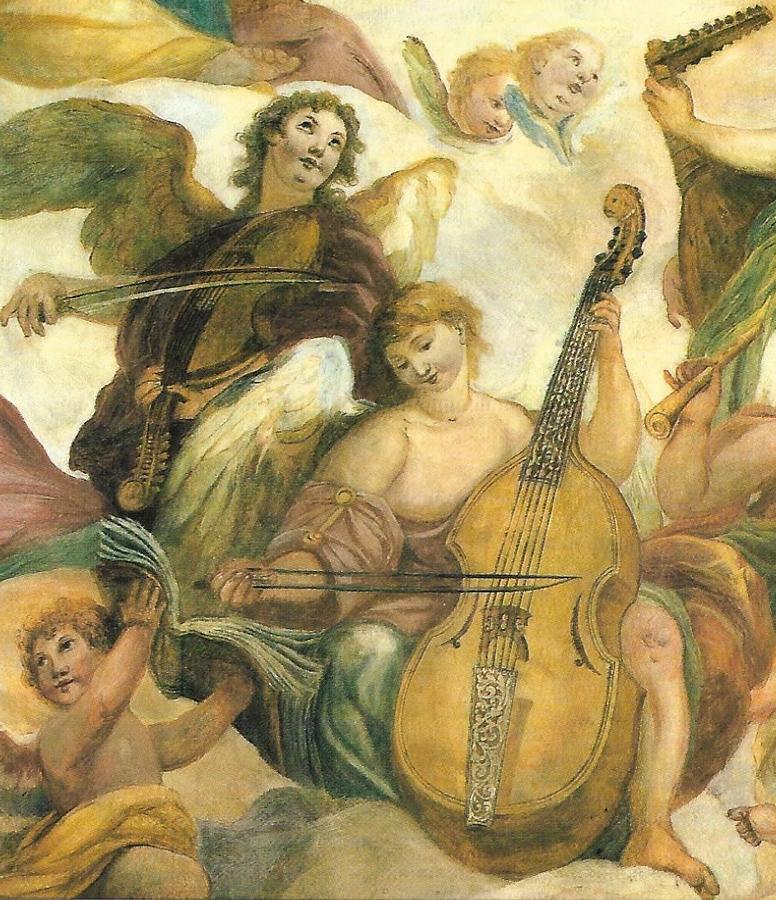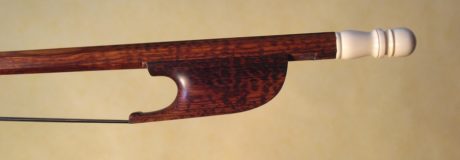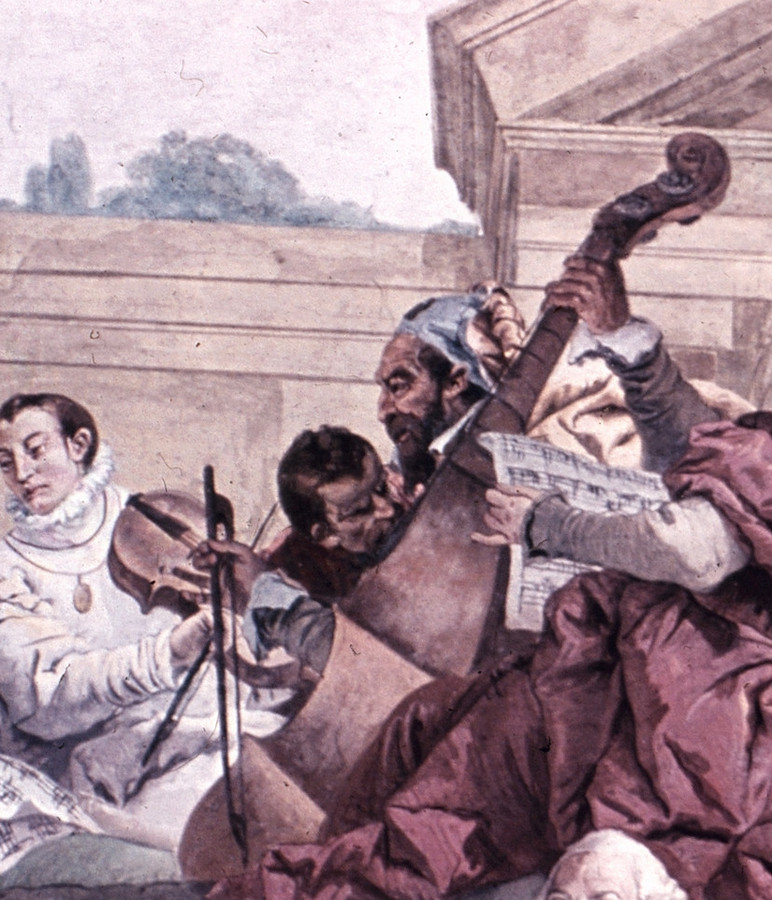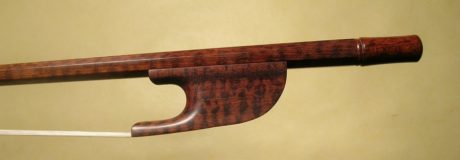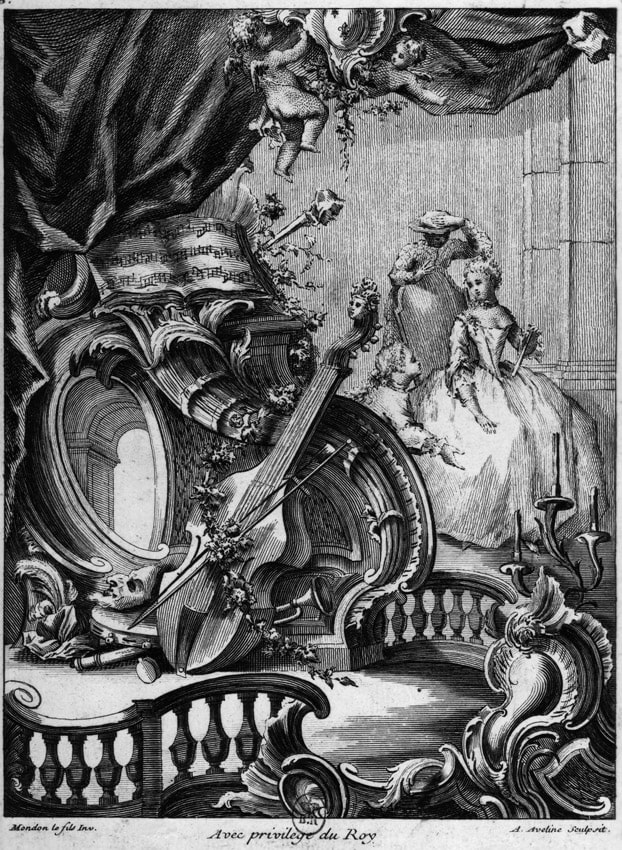Mid-17th century treble viol bow
Ref. Gbd1Early 18th century treble viol bow
Ref. Gbd3Student treble viol bow
Ref. Gbd4English fluted treble viol bow
Ref. Gbd5French fluted treble viol bow
Ref. Gbd6Renaissance tenor viol bow
Ref. Gbt117th century tenor viol bow
Ref. Gbt2Screw tenor viol bow
Ref. Gbt318th century tenor viol bow
Ref. Gbt4Student tenor viol bow
Ref. Gbt5Renaissance bass viol bow
Ref. Gbb1Renaissance bass viol bow with a cap
Ref. Gbb2African blackwood bass viol bow
Ref. Gbb3Golden rain bass viol bow
Ref. Gbb4Bass viol bow after Mersenne
Ref. Gbb5Division viol bow
Ref. Gbb6Clip-in frog bass viol bow
Ref. Gbb7Screw French bass viol bow
Ref. Gbb8Marin Marais bass viol bow
Ref. Gbb9Early 18th screw bass viol bow
Ref. Gbb10Student bass viol bow
Ref. Gbb11English bass viol bow
Ref. Gbb12Mid-18th century French bass viol bow
Ref. Gbb1317th century violone bow
Ref. Gbv1Clip-in frog fluted violone bow
Ref. Gbv2Screw fluted violone bow
Ref. Gbv3Student violone bow
Ref. Gbv4
Mid-17th century treble viol bow
Ref. Gbd1This bow is fast and precise. It owes its dynamics to its relatively small size and to the system of the clip-in frog which guarantees great liveliness if the frog is tightly held by the hair at the rear. The stick is in snakewood. The bow is supplied with three frogs of different heights to allow variations of hair tension.
Stick length:67 cm
Playable hair length:53 cm
Weight:46-50 g
Jacob Duck, Musical Ensemble with Cockatoo, 1660
Private Collection
Second half of the 17th century treble viol bow
Ref. Gbd2This model is built after an anonymous bow kept at the Museum of Musical Instruments in Brussels which we do not know if it was intended for violin or treble viol. The original has been transformed and fitted with a screw-adjustable frog, but it still shows the traces of the previous location of the clip-frog. This reconstruction restores the original tension system. The button, besides its decorative aspect, has a balance function. The stick is out of snakewood. The bow is supplied with three frogs of different heights to allow variations of hair tension.
Stick length:69 cm
Playable hair length:54 cm
Weight:48-50
Caspar Netscher (1636-1684) A Lady Elegantly Attired in a Silk Dress Playing a Treble Viola da Gamba in an Interior
Early 18th century treble viol bow
Ref. Gbd3Although fitted here with a screw-and-eyelet system, this bow has kept, from the previous models, the low head and rather convex shape that guarantee responsiveness. The hair is much longer. The snakewood round stick is grooved on its lower part.
Stick length:69,5 cm
Playable hair length:59 cm
Weight:50-53
Antoine Trouvain, Madam the Marquise of Grancey
Paris, Museum of Music
Student treble viol bow
Ref. Gbd4Built on the same model as the Gbd3, this bow owes its lower cost to greater aesthetic sobriety and a simpler three-faceted frog fitting. The lower part of the snakewood stick is octogonal.
Stick length:69,5 cm
Playable hair length:59 cm
Weight:50-53 g
Jean-Baptiste Bonnart (1678-1726), Lady who Plays the Viol while Singing
Paris, BNF, National Library of France
English fluted treble viol bow
Ref. Gbd5Fluting lightens the bow at the head without weakening the stick which keeps its edges (on this subject see my article Une histoire de l’archet de violon de la Renaissance au tournant du XIXe siècle). The rather tall head ensures mellow attack. The stick is made of snakewood.
Stick length:68,5 cm
Playable hair length:58 cm
Weight:52-55 g
Johann Kupetzky, Portrait of Sabiny Imhoff, 1720
Warsaw, National Museum
French fluted treble viol bow
Ref. Gbd6Several fluted sticks have reached us since the middle of the 18th century. They were considered more precious and therefore worthy of preservation, unlike the more ordinary ones. Several are attributed to Nicolas Pierre Tourte, but we do not know if they were intended to violin or treble viol.
Stick length:68 cm
Playable hair length:59 cm
Weight:49-53 g
Jean-Baptiste Siméon Chardin, Attributes of civil music, 1767
Paris, Louvre Museum
Renaissance tenor viol bow
Ref. Gbt1The specific curve of this bow, with its great distance between hair and stick in the upper quarter, enables clear and stong diction at the tip. The wood of European origin is laburnum. It brings rich and well-defined tone. The bow is provided with two frogs of different heights allowing to play either with the hand ahead of the frog and the fingers on the hair, or backward with the hand on the rather high frog.
Stick length:72 cm
Playable hair length:57 cm
Weight:58-62 g
Benvenuto Tisi, known as Garofalo, The Vision of Saint Augustine, ca.1520
London, National Gallery
17th century tenor viol bow
Ref. Gbt2Snakewood is used for this mid-17th century bow. This very dense species, with exceptional mechanical qualities, brings reactivity and subtlety to the stick. The bow is supplied with three frogs of different height increases allowing the hair tension to be varied.
Stick length:74,5 cm
Playable hair length:58,5 cm
Weight:59-62 g
Jan Miense Molenaer (1610-1668), The Trio
The Hague, Gemeentemuseum
Screw tenor viol bow
Ref. Gbt3The screw-and-eyelet tension system appeared in the second quarter of the 18th century. However, this bow keeps characteristics of the 17th models, that is to say a low head and a rather convex shape. This ensures precision and quick response, while having a longer hair. The snakewood round stick is grooved on its lower part.
Stick length:72 cm
Playable hair length:60,5 cm
Weight:60-63 g
Jan Weenix, The Musician, 1713
Unknown Location
18th century tenor viol bow
Ref. Gbt4The head of this bow is higher than on the previous model, which brings more flexibility. The camber is also more pronounced to prevent the stick from being too high on the strings and having erratic vibrations. The snakewood round stick is octagonal in its lower part.
Stick length:70,5 cm
Playable hair length:59,5 cm
Weight:60-64 g
Auger Lucas (1685-1765), Alegory of Music
Private Collection
Student tenor viol bow
Ref. Gbt5Built on the same model as the Gbt4, this bow owes its lower cost to greater aesthetic sobriety and a simpler three-faceted frog fitting. The round stick is made of snakewood
Stick length:70,5 cm
Playable hair length:59,5 cm
Weight:60-63 g
Auger Lucas (1685-1765), Alegory of Music
Private Collection
Renaissance bass viol bow
Ref. Gbb1The particular profile of the stick, high at the tip then straight and parallel to the stick over most of its length, is built as far as possible on the structure of the wood. The grain is not sawn, for more resistance and homogeneity. The shape is completed by heating and bending the stick. The bow is made out of European wood, either the round and flexible pistachio tree (pistacia terebinthus) or the powerful and dynamic true service-tree (cormus domestica). The bow is supplied with three frogs of different heights allowing the hair tension to be varied.
Stick length:76 cm
Playable hair length:61,5 cm
Weight:61-66 g
Baldassare Perruzzi (1481-1536) The Coronation of the Virgin
Renaissance bass viol bow with a cap
Ref. Gbb2The particular shape of this bow, very common since the Middle Ages, is characterized by a straight stick which curves sharply in its upper part. It gives a lot of strength and diction at the tip. The bow is short because the hand is not placed on the hair but backward, on the rather high frog, as seen on a large number of illustrations of the 16th century. However, a second frog, lower and longer, alows to play with the fingers on the hair with he same tension. The round stick is made of golden rain (laburnum anagyroides)
Stick length:64 cm
Playable hair length:55 cm
Weight:66-69 g
Sivestro di Ganassi Regola Rubertina 1542-43
African blackwood bass viol bow
Ref. Gbb3This bow is built after a model kept at the Vienna Museum. The original is made of African blackwood (dalbergia melanoxylon), rosewood often mistaken for ebony. This very heavy wood gives the bow a round and powerful sound. But, as it is flexible, the stick has to be short to remain responsive. The bow is supplied with three frogs of different heights allowing the hair tension to be varied.
Stick length:68,5 cm
Playable hair length:54,5 cm
Weight:78-80 g
Bartholomeus van der Helst. The Musician,1662
New York, Metropolitan Museum
Golden rain bass viol bow
Ref. Gbb4The golden rain or laburnum used for this bow is among the densest European woods. It is characterized by good mechanical properties but above all harmonic richness and well-defined sound. The bow is supplied with three different height increases allowing the horsehair tension to be varied.
Stick length:77 cm
Playable hair length:58,5 cm
Weight:68-72 g
Gerard van Kuijl. A Musical Party, 1651
Amsterdam, Rijksmuseum
Bass viol bow after Mersenne
Ref. Gbb5This bow is inspired by the plate that Marin Mersenne devotes to the bass viol in the Harmonie Universelle. The stick is made of African blackwood (dalbergia melanoxylon), dense and flexible wood, quoted in many sources since the beginning of the 17th century. The frog is made of substitute for real ivory or African blackwood. The bow is supplied with three frogs of different heights to allow variations of hair tension.
Stick length:72 cm
Playable hair length:57 cm
Weight:79-82 g
Gonzales Coques (1615-1684) A Concert
Brussels, coll. Baron Jansen
Division viol bow
Ref. Gbb6This bow is built after the plates and measures quoted in The Division Violist by Christopher Simpson
The stick is made of snakewood. The bow is supplied with three frogs of different heights to allow variations of hair tension.
Stick length:80 cm
Playable hair length:61 cm
Weight:74-78 g
Christopher Simpson. The Division-Violist 1659
Clip-in frog bass viol bow
Ref. Gbb7This bow was designed from different portraits of violists in an aristocratic environment at the turn of the 18th century. The slender head, the long thin stick, the long button serving as a counterweight, all elements work for good balance and playing subtlety.
The round stick is made of snakewood. The bow is supplied with three frogs of different heights to allow variations of hair tension.
Stick length:77 cm
Playable hair length:60,5 cm
Weight:78-83 g
Claude Arnulphy. Adélaïde de Gueidan and her Sister, 1735
Aix-en-Provence, Granet Museum
Screw French bass viol bow
Ref. Gbb8Built substantially on the same pattern as the Gbb7, this movable frog version is slightly heavier at the heel because of the weight of the screw and eyelet. The head seems lighter, the hand can be placed further back on the stick. We can therefore benefit from a slightly longer stick.
Stick length:76,5 cm
Playable hair length:61 cm
Weight:80-84 g
Jean Dieu de Saint Jean. Person of Quality Playing Bass Viol, 1695
Paris, BNF, National Library of France
Marin Marais bass viol bow
Ref. Gbb9The significant length of hair facilitates chords playing. The frog and the long ivory button make a counterweight which avoids the sensation of heaviness at the tip induced by the length of the stick. Snakewood stick, mammoth ivory frog and button.
Stick length:76,5 cm
Playable hair length:62 cm
Weight:81-84 g
Desportes, François (1661-1743) Still Life, Game, Fruit and Bass Viol
Gien, Hunting Museum
Early 18th screw bass viol bow
Ref. Gbb10By its handling ease, this bow is particularly suitable for continuo playing. It is however very versatile and also convenient for solo repertoire.
Snakewood stick and frog.
Stick length:74 cm
Playable hair length:61 cm
Weight:78-81 g
Jean-Marc Nattier. The Music Lesson, 1710
Paris, Museum of Music
Student bass viol bow
Ref. Gbb11The stick has the same properties as the Gbb10 model. The aesthetic sobriety and frog fitting simplicity justify the price difference. Snakewood round stick and frog.
Stick length:72,5 cm
Playable hair length:60 cm
Weight:75-78 g
François Le Moyne. Allegory of Music, 1727-29
Saint Petersburg, Hermitage Museum
English bass viol bow
Ref. Gbb12Fluting appeared in the middle of the 18th century and few viola da gamba bows were endowed with them. Besides its ornamental aspect, fluting brings a true mechanical interest because it allows very precise attacks (see on this subject my article Une histoire de l’archet de violon de la Renaissance au tournant du XIXe siècle).
Snakewood fluted stick and frog
Stick length:72,5 cm
Playable hair length:60 cm
Weight:77-80 g
Thomas Gainsborough, Portrait of Karl Friedrich Abel, ca.1777
San Marino (California), Huntington Library and Art Gallery
Mid-18th century French bass viol bow
Ref. Gbb13The rather high head gives this bow a flexible and singing character. The stick is shorter than previous models which guarantees good playing precision.
Snakewood stick and frog.
Stick length:71,5 cm
Playable hair length:59 cm
Weight:76-78 g
Henri Horace Roland Delaporte, Still Life with Instruments, ca. 1750
Blois, Municipal Museum
Mid-18th century French fluted bass viol bow
Ref. Gbb14This model is made after several bows attributed to Pierre Tourte. The flexibility induced by the high head is counterbalanced by fluting that provides an additional definition of attacks.
Snakewood fluted stick and frog. Bone or mammoth ivory button.
Stick length:73 cm
Playable hair length:60 cm
Weight:77-80 g
Jean-Marc Nattier, Mme Henriette de France, 1754-55
Palace of Versailles
17th century violone bow
Ref. Gbv1For low instruments bows, a European wood is very often favorable because it makes big gut strings vibration easier. The two species used for this model are dense and have exceptional dynamic qualities for local woods. They are the laburnum, the tone of which is rich in harmonics, and the true service-tree (cormus domestica), deep and warm. The bow is supplied with three frogs of different heights to allow variations of hair tension.
Stick length:76 cm
Playable hair length:59 cm
Weight:83-88 g
Peter Lely, The Concert, 1649
London, Courtauld Gallery
Clip-in frog fluted violone bow
Ref. Gbv2It is rare to combine fluting and clip-in frog, because the screw-adjustable frog and fluting appeared exactly at the same period, in the second quarter of the 18th century, and were therefore associated with the most precious bows. However, the clip-in frog persisted beyond the appearance of the screw-and-eyelet device. Here it heightens the dynamics and precision of the fluted bow. The stick is made of snakewood. The bow is supplied with three frogs of different heights to allow variations of hair tension.
Stick length:77,5 cm
Playable hair length:59 cm
Weight:95-98 g
Johann Michael Rottmayr, Le Crowning of the Virgin, 1697
Salzburg, Church of the Holy Trinity
Screw fluted violone bow
Ref. Gbv3Fluting lightens the bow at the head without weakening the stick which keeps its edges. They induce a precise and fine playing. The slightly high head brings some flexibility. The stick is of snakewood.
Stick length:74 cm
Playable hair length:59 cm
Weight:98-102
Giovanni Battista Tiepolo, Allegory of Europe, Surrounded by Representatives of Religion and Arts, 1752-53
Würzburg, Prince-Bishop Residence
Student violone bow
Ref. Gbv4This bow owes its lower cost to greater aesthetic sobriety and a simpler three-faceted frog fitting. Stick, frog and button are made of snakewood.
Stick length:73 cm
Playable hair length:58,5 cm
Weight:95-105 g
Jean Mondon (illustrator), Antoine Aveline (engraver), Trophy of Music and Characters, 1st half of the 18th century
Paris, BNF, National Library of Francee

